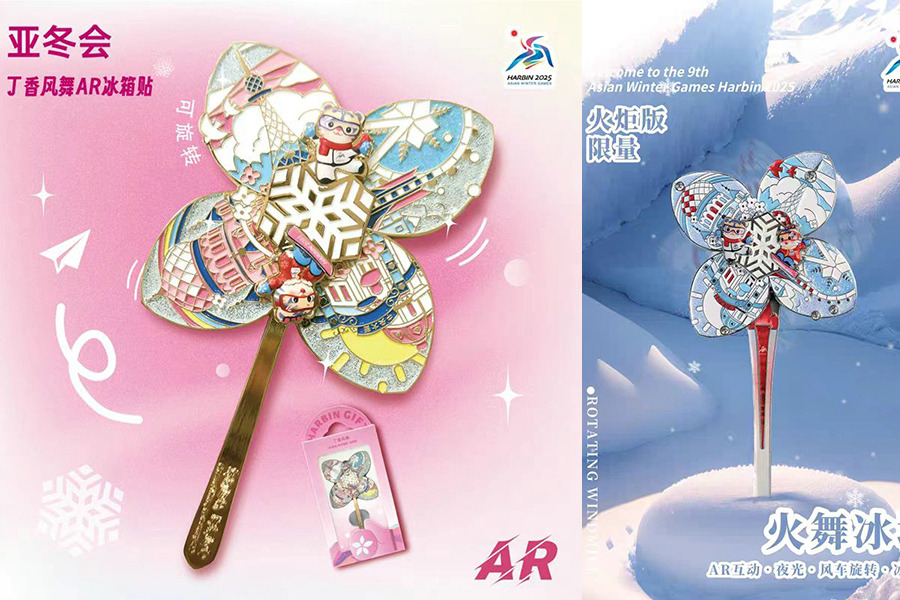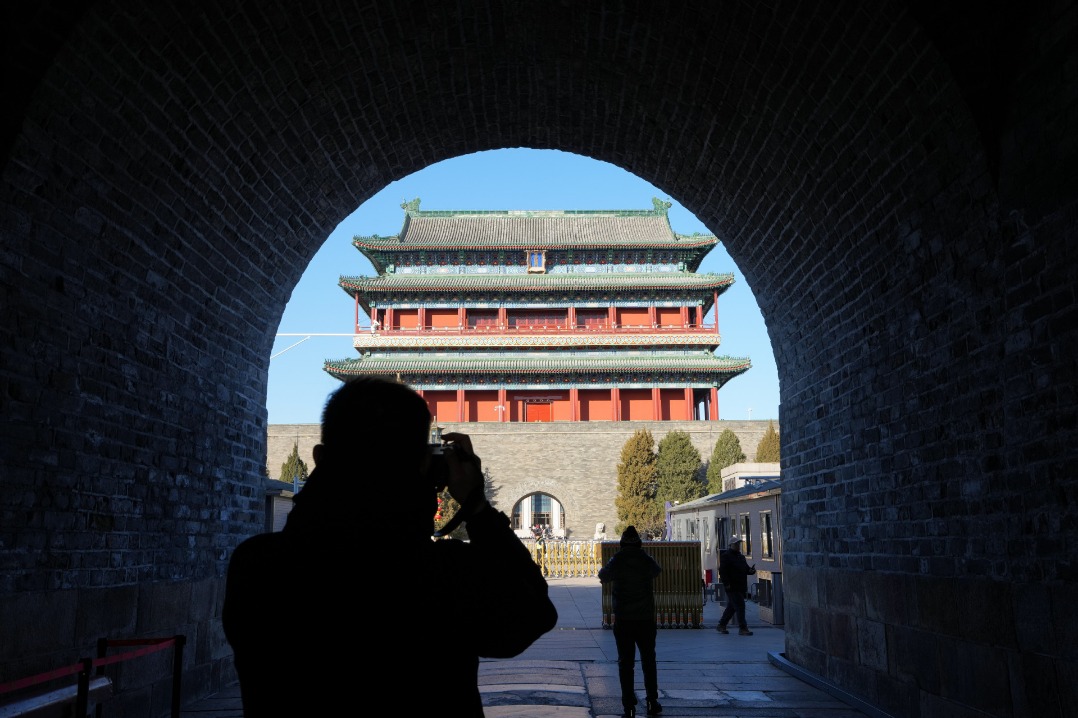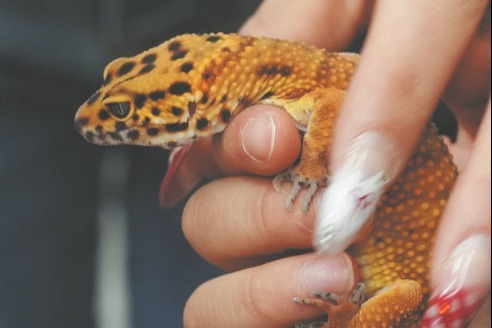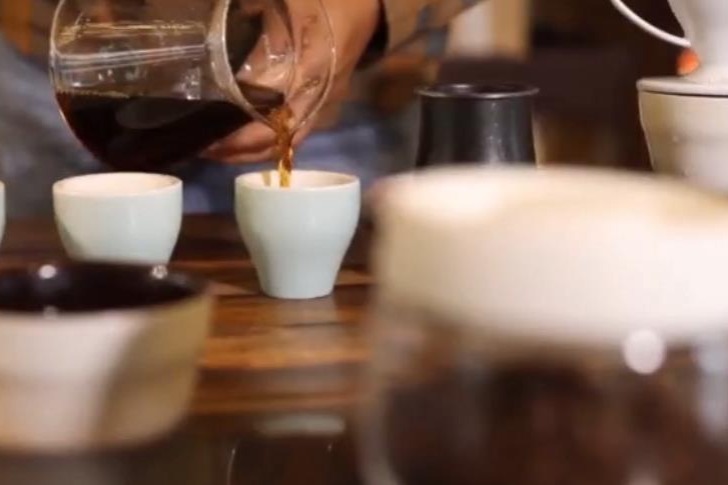The process of prestige
Guangdong gauze, once a luxury reserved for the wealthy, can take months to make due to its time-consuming production and the use of natural materials, Yang Feiyue reports.

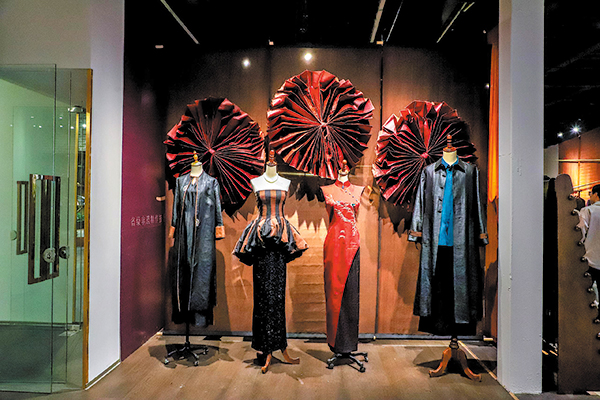
If you wear a garment made of xiangyunsha, people in Shunde district in Foshan, Guangdong province, might joke that you're draped in a layer of "soft gold".
While it may sound like an exaggeration, the statement about xiangyunsha (literally "fragrant cloud gauze"), also known as gambiered Guangdong gauze, reflects the fabric's historical prestige. Dating back to the Song Dynasty (960-1279), it was once a luxury only the wealthy could afford.
Made from premium mulberry silk, the fabric undergoes a complex, laborintensive production process that includes repetitive dyeing with natural plant extracts, sun-drying, and coating with river mud.
"It can take months to complete with the traditional technique, resulting in a lightweight, breathable and natural antibacterial fabric," says Ouyang Fengting, 60, who has more than a decade of experience in the craft, which was listed as a national intangible cultural heritage in 2008.
The heavy reliance on skilled artisans, coupled with limited raw materials and a time-consuming production process, leads to small quantities of xiangyunsha, contributing to its premium price.
"The sun-drying stage must be done under intense sunlight. It takes three to four years to train a skilled artisan," she explains.
The distinctive characteristics of the fabric also resulted in its export to regions such as Europe, the United States and Southeast Asia during the 1930s, according to local historical documents.
While modern technology has, in some aspects, streamlined production process and reduced costs, the creation of Guangdong gauze still largely relies on laborious and meticulous manual work.
"Xiangyunsha can stand the test of time. As years pass, it becomes glossier, softer and more luminous," says Ouyang, who was born and raised in Shunde.
The colors are different from those of nylon or synthetic fabrics and have a deeper, more ancient tint, she adds.
There has been a recent resurgence in the popularity of traditional Chinese attire, with xiangyunsha making a comeback after being nearly forgotten in the 1970s and '80s, a period marked by lower living standards and the prevalence of modern fabrics.
Ouyang has noticed the expanding market demand. Orders in January surged by 50 percent over the same period last year. "Our products are in great demand. We are looking for employees to fill the gap," she says.




















